The Visual Thinker
The Visual Thinker is an irregular publication all about capturing the visual side of life and work. Displayed opposite (or below if you’re on a smaller screen) is Issue #7.
There are visual techniques, stories and interesting projects that just might butter your parsnips if you are visually minded.

THE EYES HAVE IT
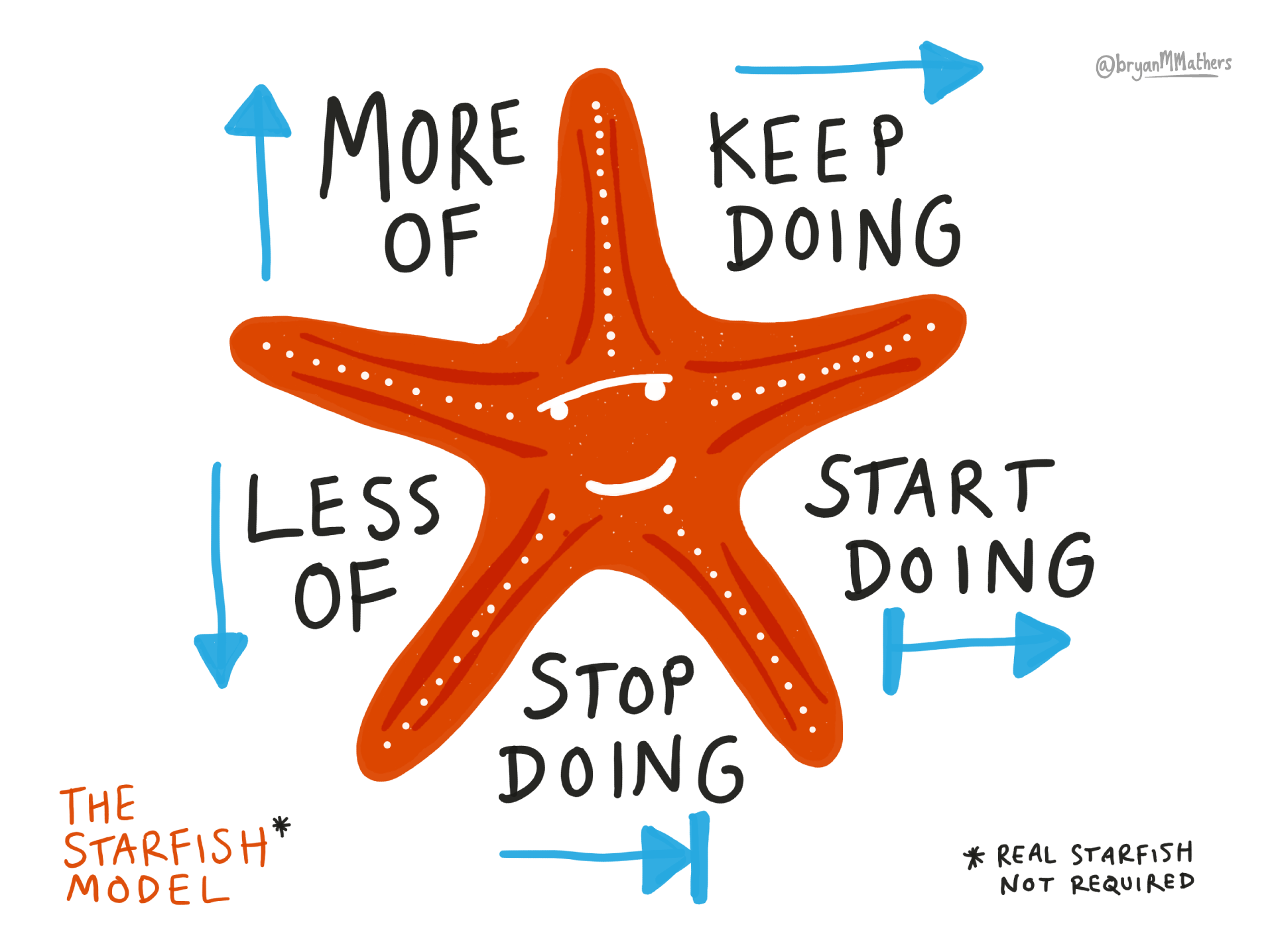
Starfish Model – by Bryan Mathers – CC-BY-ND
I’ve always been a fan of Axel Schaffler. He’s the illustrator behind many a kids book: The Guffalo, A Squash and a Squeeze, Tiddler, to name a few of my favourites. Of course I only came across these books years ago when my kids were small. In a similar potent mix to a Dr Seuss book, there’s clever humour that works for both kids and adults, along with a distinctive painted visual style and a rhythmical rhyming prose.
I think I’ve learnt most of my drawing tricks from kids books. And it’s always tickled me how much the character’s eyes say in Axel’s illustrations. To me, they often say: “is this guy for real?” “I could have told you this would happen…” or “Goodness! Whatever next…” The context of the drawing fills in the details, and the scene is set with the eyes.
Our eyes can say so much.
STAR-FISHY BUSINESS
Recently, an illustration I’d done a few years ago was widely shared on Twitter. The Starfish Model (pictured above) is a tool I was introduced to through a friend’s software development team as a way of conducting a retrospective. I was amazed that I couldn’t find a template with an actual drawn starfish in it. Now, as you might point out, even though there are over 1900 different species of starfish, there probably isn’t one that has eyes on its back. Indeed – even though it makes the starfish more cartoony, the anthropomorphism here allows us to add humour – which is key in disarming the viewer. (ALSO, I’m pretty sure that most real starfish wouldn’t be interested in human teams’ retrospectives anyway, unless they were discussing human mistreatment of seas and oceans, in which case they would likely become quite animated…)
In conjunction with the visual layout tool Miro, the Co-op that I’m part of uses this very model as a visual tool to do a strategy sense-check every quarter, which works very nicely indeed. (You can read more on the We Are Open Blog)
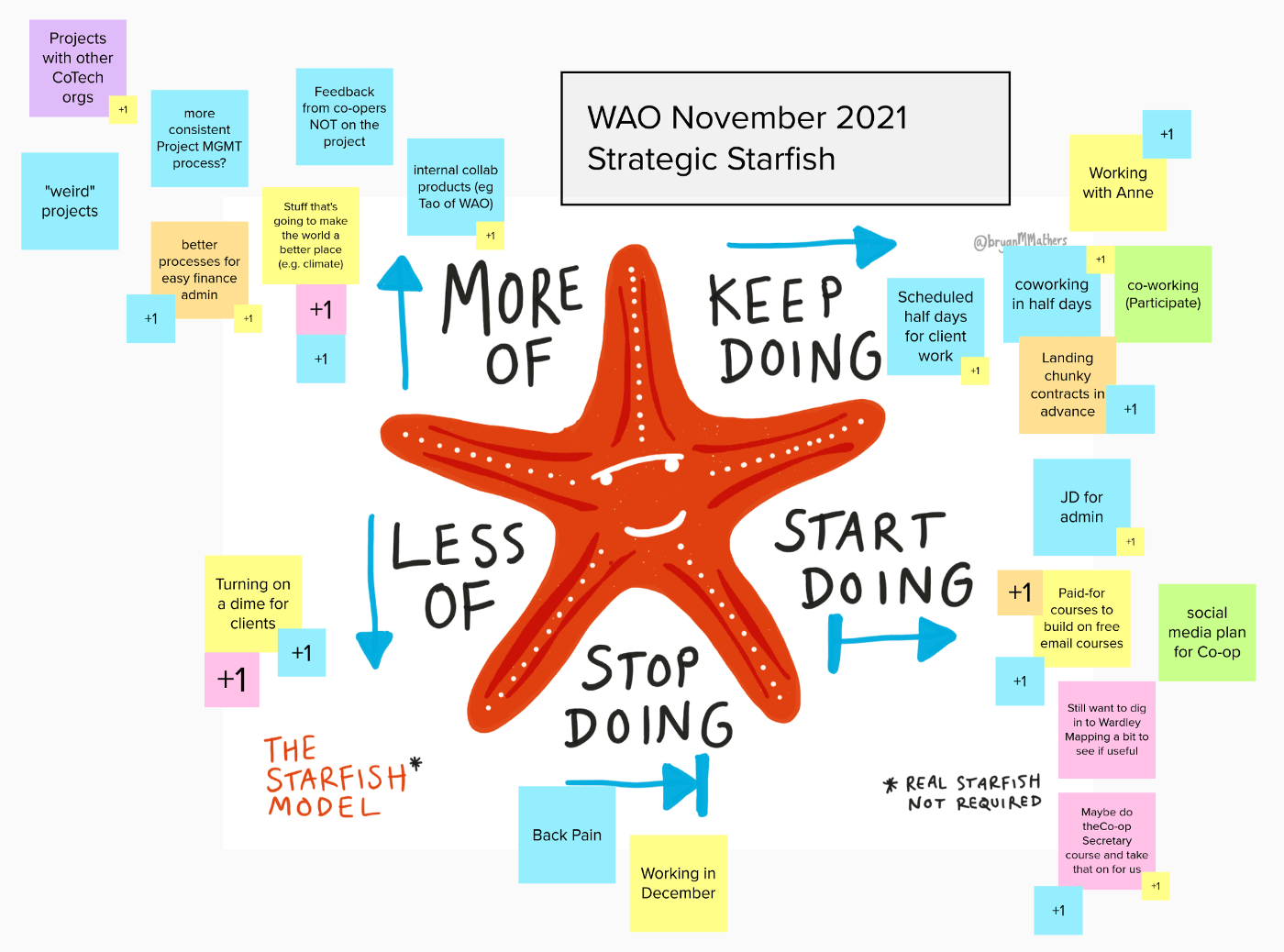
DOTS AND CIRCLES
I draw a lot of characters. It amazes me how by shifting the eyes a single millimetre, the visual expression on the character can change. The same goes for changing the shape of the eyeball. And with just those two elements you can say quite a lot!
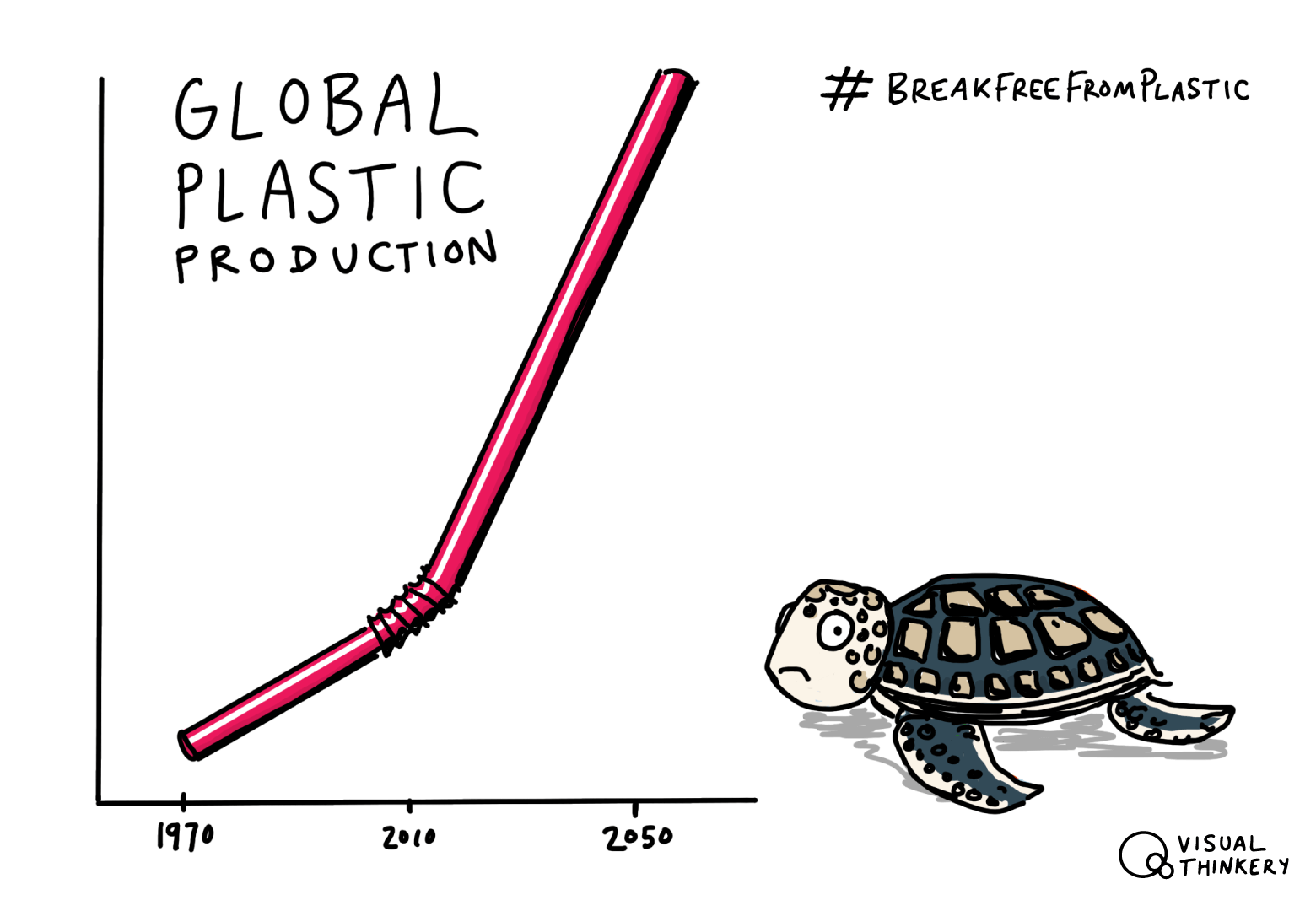
Global Plastic Production – CC-BY-ND Bryan Mathers
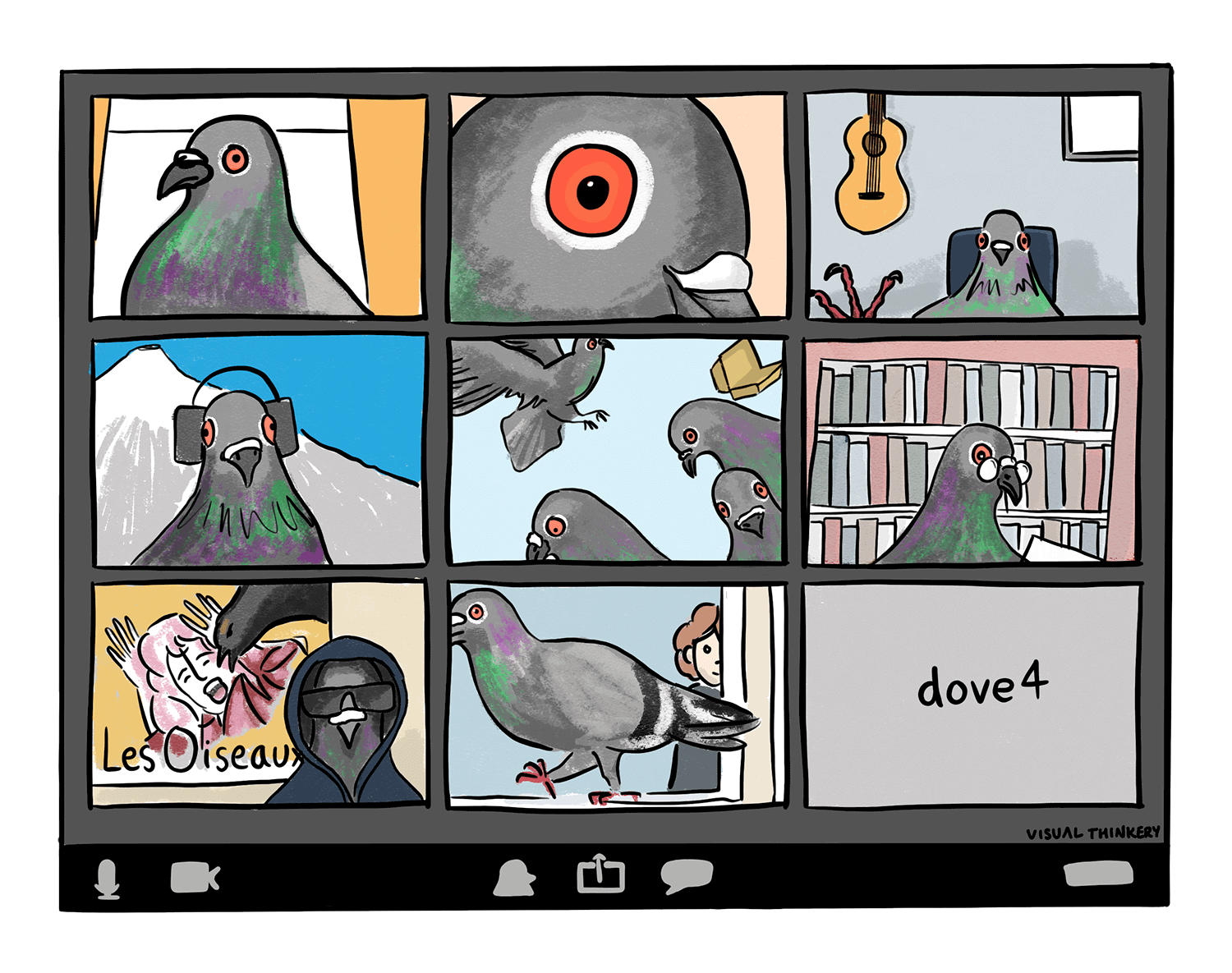
Zoom Pigeon – Created for Audrey Watters, Hack Education
The trouble is that we don’t all interpret facial expressions in the same way. Meaning is concocted in our brains as a product of our previous experiences, and although we can achieve consensus in what a certain look might mean, there will always be a range of reactions in peoples heads to what they think a character is trying to say.
CAPTION COMPETITION
So, by way of an not-very-scientific-but-interesting-none-the-less experiment, maybe you’d like to tell me what you think the penguin below is saying? Don’t overthink it. Just the first thing that pops into your head in a quick-fire reply to this email. The prize? An honorary mention in the next edition, of course!
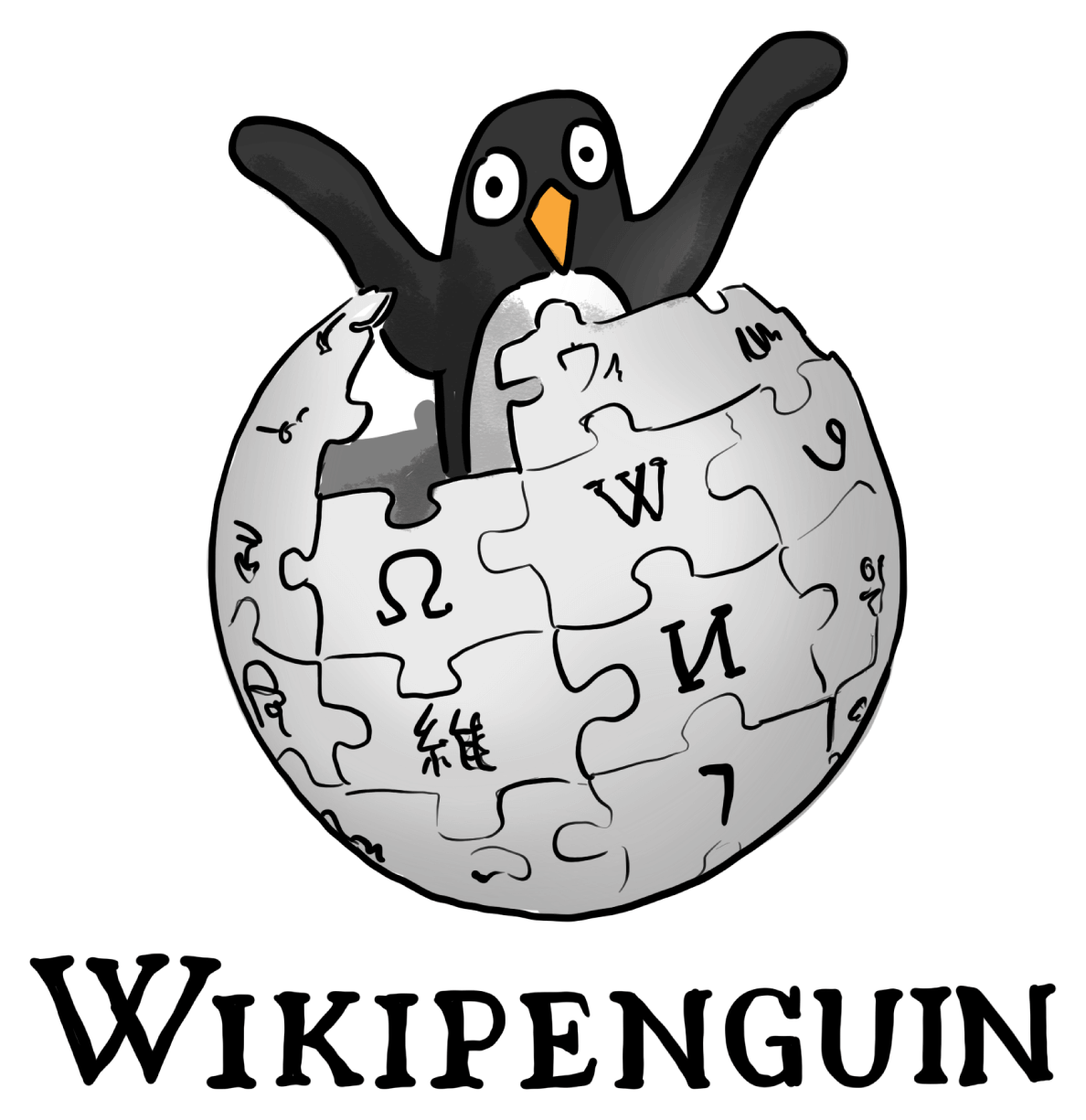
“Wikipenguin” – created for the GO-GN 2021 Annual Review, Open University. CC-BY-ND Bryan Mathers
‘Til the next time.
Bryan

MORPHO – REMIXER SPECIAL
A butterfly is something I look at and wonder – how did it get all those colours? Maybe I’m just looking forward to summer already…
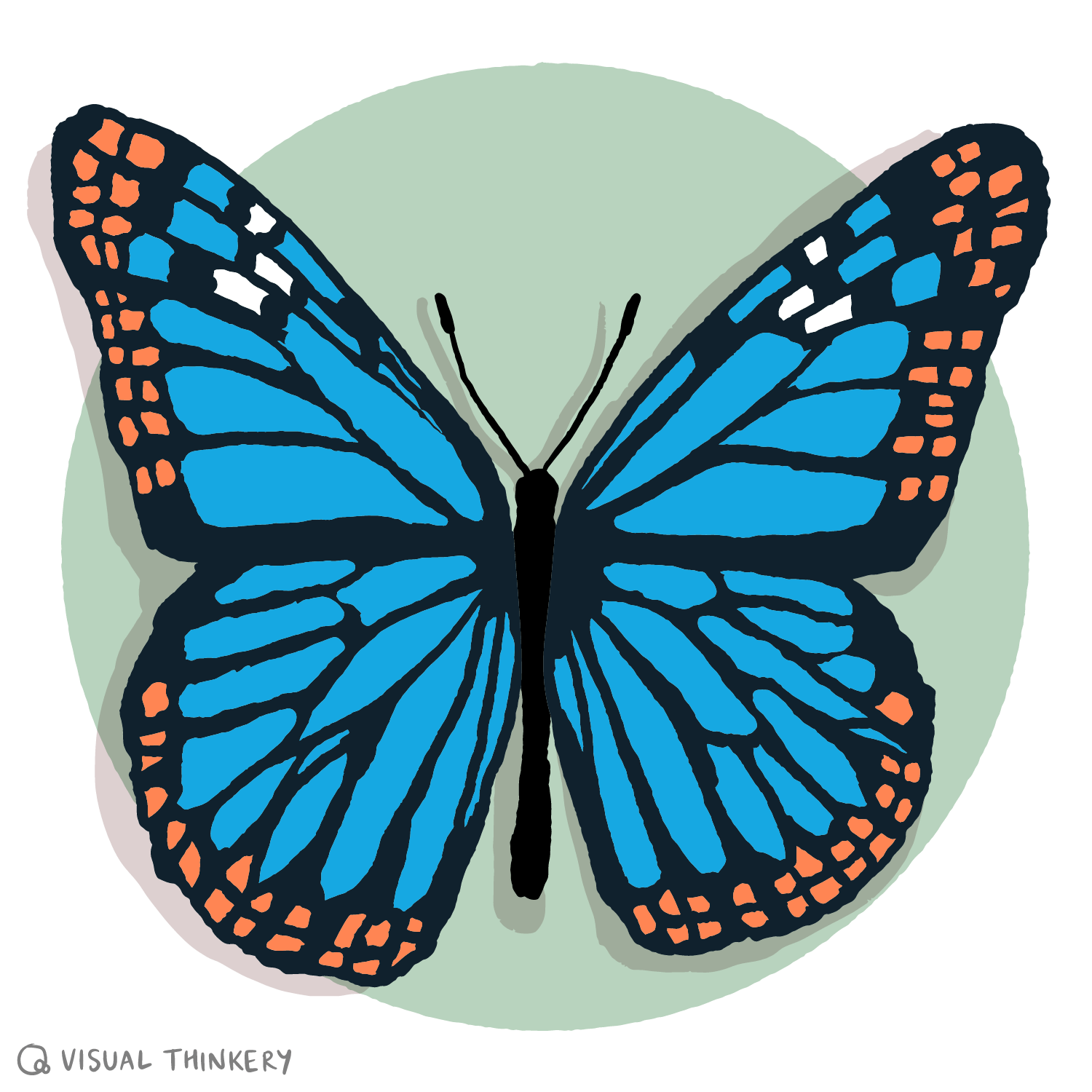
If you need 5 mins of creative fun today, just pop along to the Morpho remixer and give it a whirl: https://remixer.visualthinkery.com/a/morpho. If you’re lucky, it will give you a little flutter…



SUBSCRIBE
If you’ve just stumbled on The Visual Thinker, then be sure to subscribe to future editions. You can also read previous editions.

